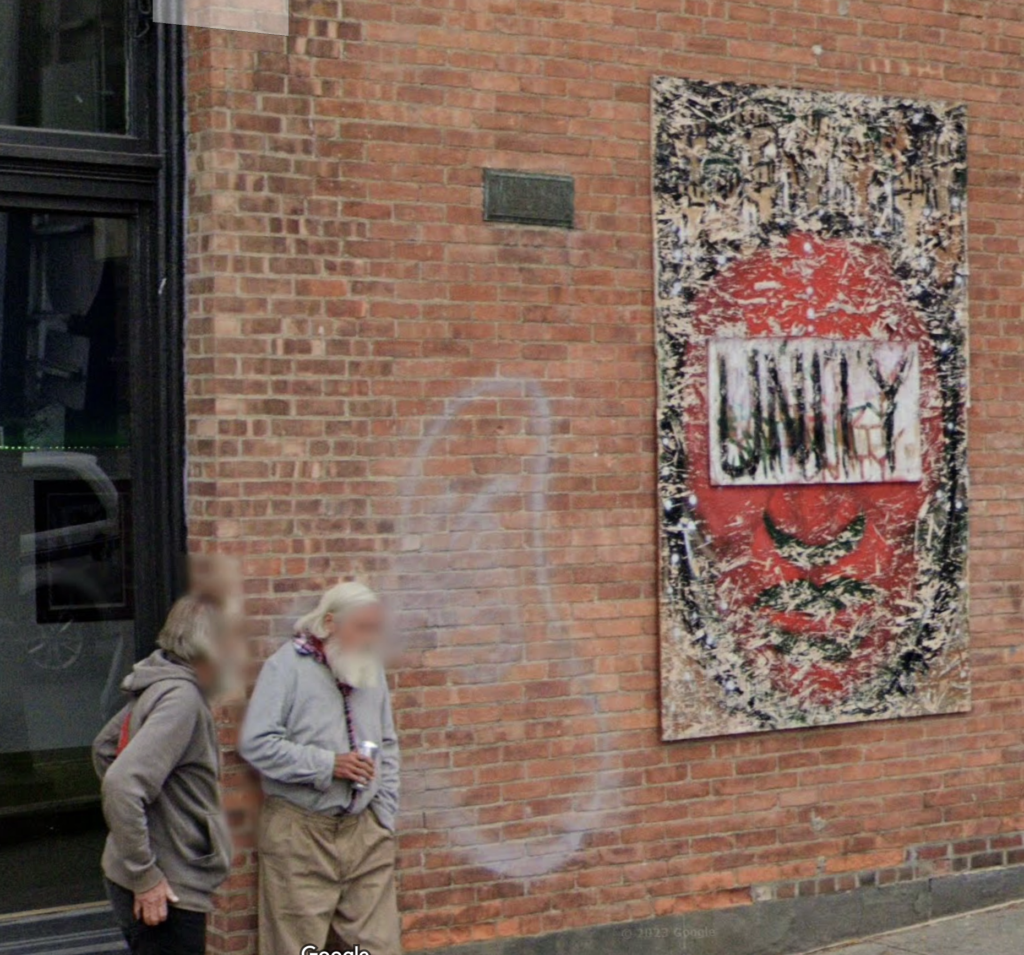The official book on the Albany Bicentennial – Anthony Bleecker Banks’s “Albany Bi-centennial: historical memoirs” – provides a very detailed recitation of the events that celebrated the bicentennial of the city’s charter in 1886, including all the speeches and a description of the fireworks, as well as the textual account of the many historical markers that have provided this blog with material for the past several years, to the exclusion of all else. Within that history was recorded a June 10, 1886 report of the Committee on Monumenting and Decorations that listed 42 different bronze tablets to be cast and placed about the city. As we have seen, some of these made it into their places exactly as recorded by the committee; others saw some text changes before being emplaced.
However, several weren’t listed by the committee at all, leaving us to wonder as to when and why they were created. They seem to have been cast at the same time, making it extremely odd they weren’t included in the original inventory. We know they existed because some survived, and they were listed in a 1914 Albany Argus article detailing the then-current condition of the markers.
So here we have Albany Bicentennial Marker No. 43, a simple marker that commemorates:
Madison avenue, formerly Lydius street.
It appears this marker still exists, fairly high up on the building on the southwest corner of Madison and South Pearl that for several decades housed a Key Bank. Unfortunately, since we didn’t know it existed, we never got a picture of this particular marker, so for now, a fuzzy capture from StreetView will have to do.

While Madison was indeed formerly Lydius street, it had a name even before that. It was originally named Wolfe street, for the “Hero of Quebec,” Major General James Wolfe whose victory at Quebec enabled the British to take Montreal the following year. While not, perhaps, as problematic as his contemporary and colleague Jeffrey Amherst, he still led a pretty unsavory campaign, distributing a manifesto that threatened to utterly destroy Quebec, “to leave famine and desolation behind me . . . but we must teach these scoundrels to make war in a more gentleman like manner.” Still, a hero to the British, which is why Wolfe was one of British-named streets that underwent a rebranding in 1790 – but a minor one, as the ‘e’ was lopped off and it simply became Wolf street.
Then, at a date we’ve been unable to determine, it was renamed Lydius street. Johannes Lydius was named as the fifth pastor of the Dutch Reformed Church on July 20, 1700, and died March 1, 1710. Among his duties, he was active in converting members of the Iroquois nations to Christianity.

For reasons that aren’t well documented, the name of the street was changed to Madison Avenue, effective May 20, 1867, with the street then running from Quay Street to the western boundary of the city. It took a while, with newspapers routinely referring to both streets, or mentioning that Madison was formerly Lydius as late as 1868. Even in 1873, the Common Council passed a resolution that the Street Commissioner “be directed to remove the sign ‘Lydius Street’ on the northeast corner of Madison avenue and Rose street, and replace the same with the sign ‘Madison avenue.’”
The reason for the naming also is never given – we can only presume it was for James Madison, in keeping with some other presidential street names in the vicinity. In his “Bi-Centennial History of the County of Albany,” George Rogers Howell wrote:
In 1867, the name Lydius street was changed by the Common Council to Madison avenue, which at that time provoked much opposition from the Dutch citizens. Where Lydius street was laid out was once the camping and training ground of the British army when commanded by Abercrombie and Amherst. Madison avenue has been gradually extended westward, now reaching from the river to its junction with Western avenue. It forms one of the longest streets in Albany; contains many fine dwellings of recent erection; and is considered one of the most fashionable and desirable locations for private residences in the city.

Leave a Reply